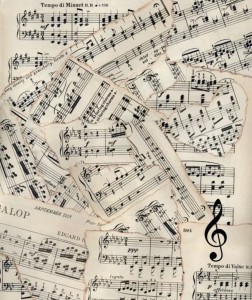A New Legend Emerges from Psychedelia in Rock Sheet Music
As psychedelic rock branched into distinct directions, one of its most powerful offshoots was hard rock. Unlike the gentler tones of soft or folk rock, hard rock was grittier, louder, and emotionally raw. With distorted guitars and relentless rhythms, it gradually evolved into early heavy metal. For learners navigating this evolution through rock sheet music, understanding these early shifts is crucial. Many of these works have since been transcribed into easy sheet music formats, making them accessible for enthusiasts studying through piano online lessons.
Origins
Hard rock’s roots stem from both garage rock and the bluesier side of psychedelia. Technically, its growth was shaped by key innovations in guitar performance. Willie Johnson’s introduction of the power chord in 1951 set the groundwork for a future dominated by aggressive and minimalistic harmony—a structure now familiar to students reading piano notes in transcriptions of hard rock classics.
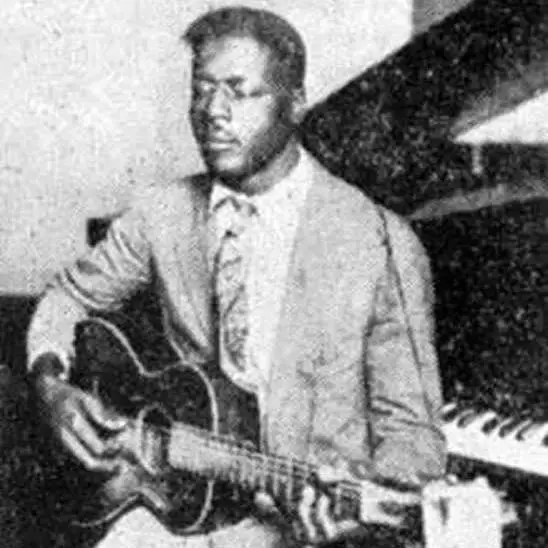
1963–1965
In 1963, The Kingsmen’s Louie Louie became a garage rock anthem and an early example of hard rock attitude and rhythm.
In 1964, The Kinks released You Really Got Me, followed by All Day and All of the Night, both known for their raw guitar sound. These songs are now widely available in rock sheet music for developing rhythm and power-chord technique.
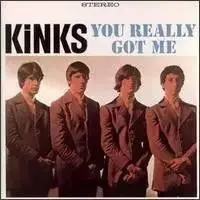
That same year, The Who debuted with I Can’t Explain, and in 1965 they followed with My Generation, an album whose title track has become a standard in piano notes for energetic rock arrangements.

1966
The Yardbirds released Shapes of Things during Jeff Beck’s tenure, a track known for pioneering use of feedback.
Jimi Hendrix burst onto the scene this year, forming The Jimi Hendrix Experience. His legendary track Voodoo Child (Slight Return) is a staple in advanced piano online lessons for those seeking to capture the spirit of hard rock on keys.
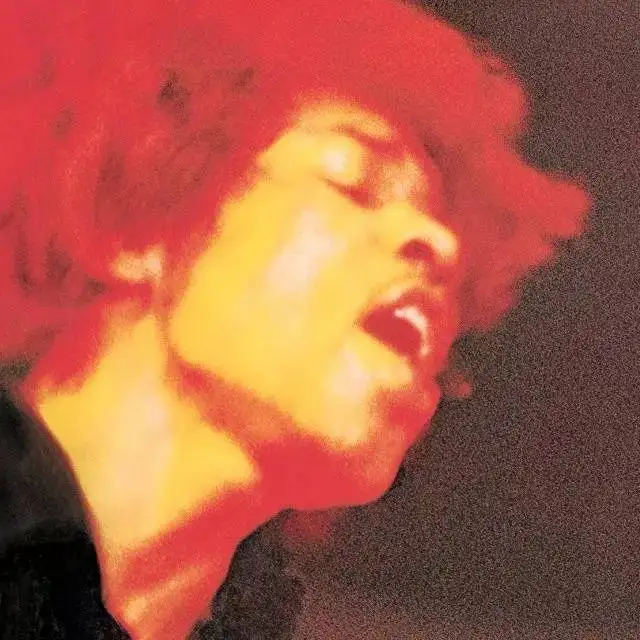
1967
The Who’s I Can See for Miles, from The Who Sell Out, added an aggressive edge that prefigured hard rock’s full emergence.

Eric Burdon and the Animals introduced When I Was Young, blending psychedelia and the emerging hard rock tone.
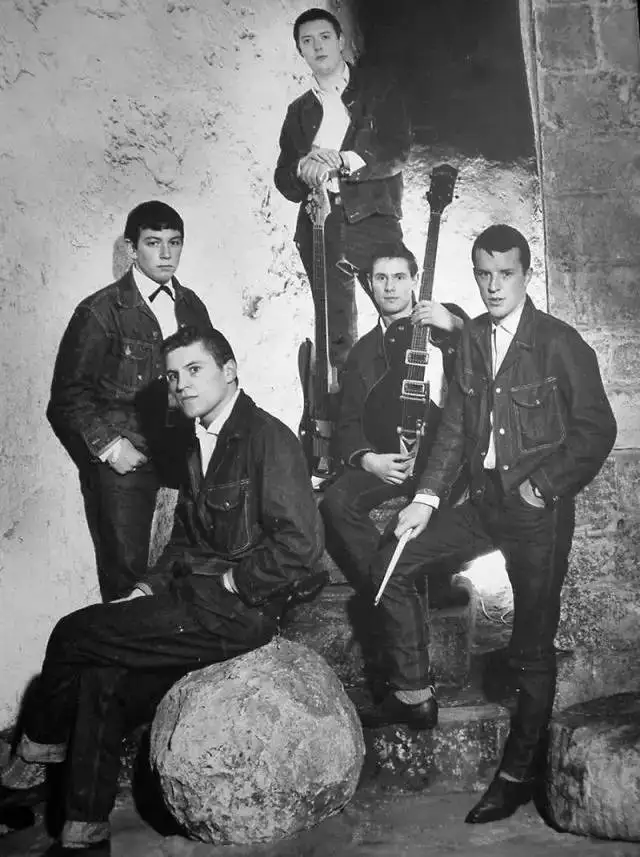
Vanilla Fudge offered a distorted, slowed-down cover of You Keep Me Hangin’ On, reshaping a pop hit into a heavy, moody arrangement.

1968
The Beatles’ Helter Skelter from the White Album is often cited as one of the earliest examples of proto-metal, and is now studied via simplified easy sheet music adaptations for piano learners.
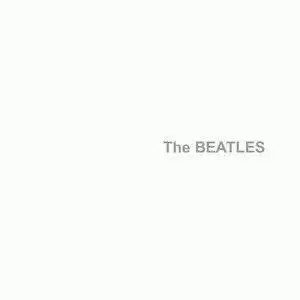
The Jeff Beck Group’s Truth introduced a raw blues-rock energy that would heavily influence early metal bands.
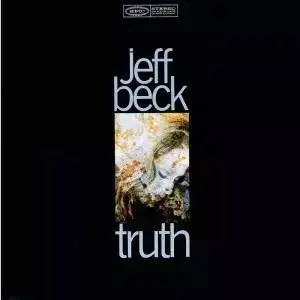
Three bands from different regions laid the groundwork for heavy metal:
Iron Butterfly released In-A-Gadda-Da-Vida, its title track becoming a 17-minute epic of organ-heavy psychedelia.
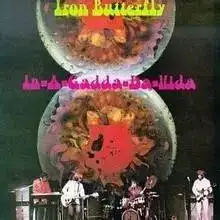
Blue Cheer’s Vincebus Eruptum delivered aggressive distortion that predated metal’s full arrival.

Steppenwolf’s Born to Be Wild popularized the term “heavy metal” in its lyrics, and the band’s catalog remains a favorite in rock sheet music anthologies.
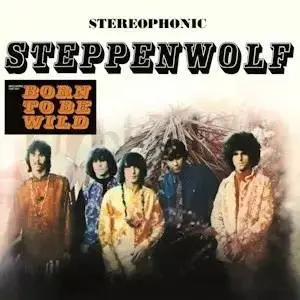
That same year saw the formation of three iconic bands that would define the genre’s future:
Led Zeppelin emerged from the ashes of The Yardbirds. Jimmy Page assembled new members to fulfill touring obligations before renaming the band. Their earliest recordings have been adapted into both advanced and easy sheet music formats.

Black Sabbath began as Earth but soon transformed, introducing darker themes and heavier riffs. Their self-titled track Black Sabbath became a defining moment in metal history.
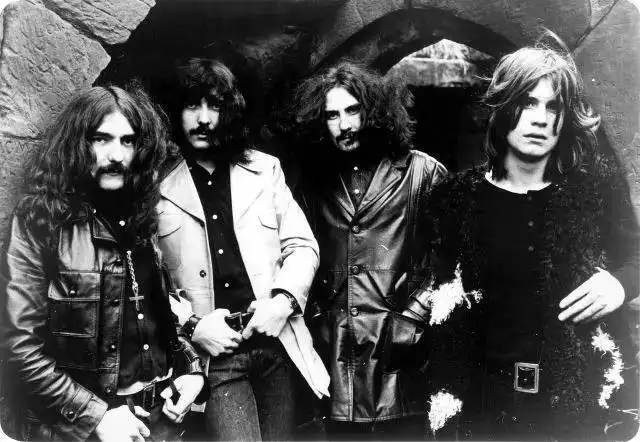
Deep Purple started with a more progressive sound before transitioning into hard rock. Their evolution from symphonic textures to aggressive guitar-driven music is a case study in genre fusion often revisited in piano online lessons.
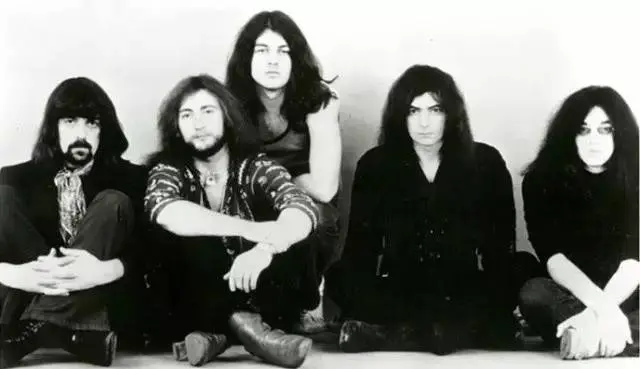
Conclusion
By the end of 1968, hard rock was no longer a fringe experiment—it had begun to solidify into a powerful genre. Guitar tones were heavier, rhythms sharper, and lyrical content darker. Students diving into rock sheet music today often trace their way back to these early tracks, many of which are now arranged for easy sheet music and available through piano online lessons. Whether it’s learning power chords on piano or exploring feedback effects in notation, these foundational years remain essential for anyone exploring hard rock through piano notes.
FAQs
1. What are some good starter pieces for learning hard rock in rock sheet music?
Tracks like My Generation, You Really Got Me, and Born to Be Wild are commonly arranged as easy sheet music, suitable for beginners learning through piano online lessons.
2. Can I play hard rock pieces on piano even though they're guitar-driven?
Yes. Many transcriptions adapt guitar riffs and chord patterns into playable piano notes, retaining the genre’s energy.
3. Where can I find reliable hard rock sheet music for study?
SheetMusicGo provides a wide range of rock sheet music collections, including simplified and advanced arrangements designed for both solo practice and ensemble playing.
